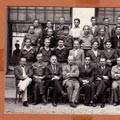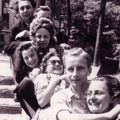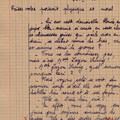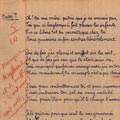Pupils
In the school’s early days - on 6 December 1940 to be precise - one hundred and twenty five pupils were registered on its books. By 1946, there were two hundred and thirty. An average of almost two hundred pupils attended the school every year. Among their numbers were children as young as ten and adults of thirty, sons of manual workers and sons of aristocrats.
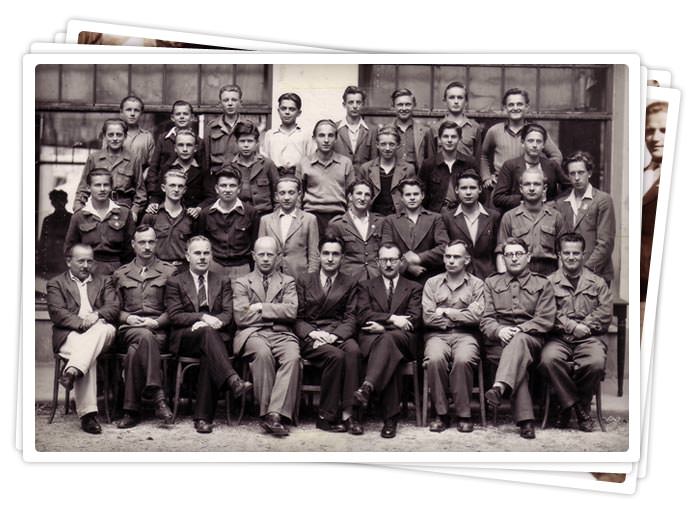
In its early years, the school took in pupils of different ages from various walks of life and different social and educational backgrounds, including:
- young demobilised soldiers who had volunteered to fight in the Poland, Norway or France campaigns (often in more than one), and had secretly crossed many different borders to get to the school,
- escapees from prisoner camps,
- men of a certain age who had previously had a certain standing or profession, and who wanted to use their period of forced inactivity to complete their high school education.
Others were the children of war refugees - soldiers, civil servants, small landowners or city dwellers – who had reached France in 1939 and 1940.
Others still were the children of pre-war Polish emigrants, many of whom lived in the region and others who came from the mining regions of Lorraine, Pas-de-Calais and Saône–et-Loire, who sometimes found it hard to speak Polish. As the years went by, they represented a higher and higher proportion of the school’s intake, and in the end became the majority group.
Finally, a small number of pupils found themselves in Villard by chance, such as those who came from well-off families who had been on holiday on the Italian Riviera or Côte d’Azur when war was declared.
Many of the pupils only attended the school so that they could get their Baccalaureat qualification and then armed with their certificates, move to Great Britain and join its army and officer training schools.
Consequently, a very particular mindset developed in the school; one that was neither that of an army barracks nor that of a scout camp, and even less that of a youth club or traditional high school. Rather, there was a feeling of belonging to a community, which in hard times, pulled together, took care of its youngest members and looked to music, sport and study to take its mind off its worries.
This mindset would change over time, especially after the summer of 1944, the Normandy landing and the fighting in the Vercors. The Cyprian Norwid Polish High School then became a high school in a foreign land almost like any other, with a more or less normal environment and students who were more “conventional”.
Not the least of the merits of the three successive headmasters, Zygmunt Lubicz-Zaleski, Wenceslas Godlewski and Professor Berger, was that they demonstrated great skill in choosing their staff, giving their teams direction, and adapting the life of the school and its teaching to the wide variety of pupils who attended it, while at the same time maintaining its very special mindset, which despite everything, lasted through to its final days.














